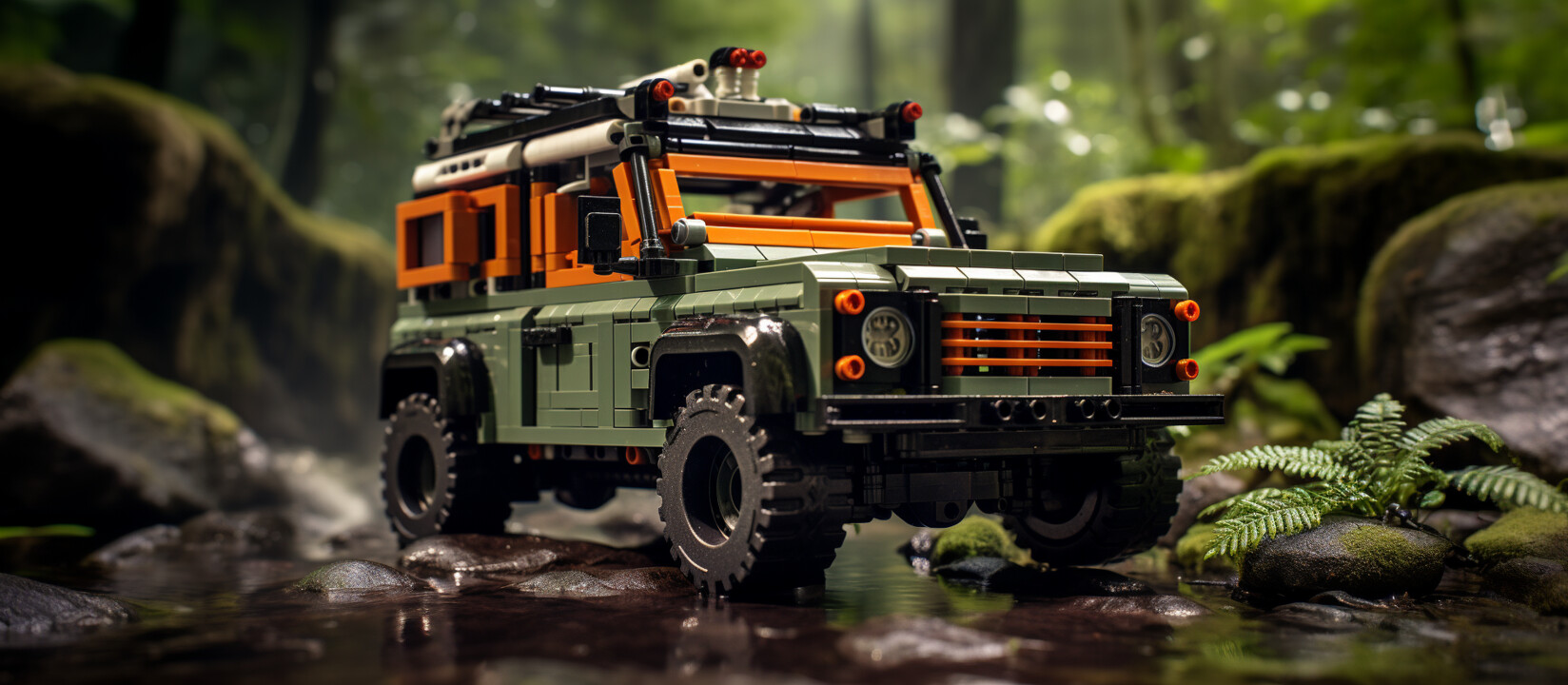58. Object composition#
Object composition is a way of combining simple objects or data types into more complex ones. It is a fundamental concept in object-oriented programming and a powerful tool for code organization and reuse. By designing our classes to contain instances of other classes, we create more sophisticated behavior with simpler, understandable parts.

Fig. 58.1 Just as a complex LEGO structure is composed of many smaller blocks, a complex object can be composed of many smaller objects. Each smaller object, like each LEGO block, has its own specific role and functionality. This is the essence of object composition.#
Let’s explore object composition by creating a simple game scenario where we have a Player and Weapon class.
public class Weapon
{
public string Name { get; set; }
public int Damage { get; set; }
}
public class Player
{
public string Name { get; set; }
public Weapon Weapon { get; set; }
}
In the code above, the Player class is composed of a Name of type string and Weapon of type Weapon. Here, we are using object composition to give the Player a Weapon.
var hammer = new Weapon { Name = "Hammer", Damage = 10 };
var mario = new Player { Name = "Mario", Weapon = hammer };
Console.WriteLine($"{mario.Name} used {mario.Weapon.Name} with {mario.Weapon.Damage} damage.");
Mario used Hammer with 10 damage.
In this example, we create a hammer object of Weapon type and a mario object of mario type. The mario is given the hammer as its Weapon. We then use the properties of the composed Weapon object through the mario object.
Of course, we can compose any Player with any Weapon. That is the power of object composition.
var pikachu = new Player { Name = "Pikachu", Weapon = hammer };
Console.WriteLine($"{pikachu.Name} used {pikachu.Weapon.Name} with {pikachu.Weapon.Damage} damage.");
Pikachu used Hammer with 10 damage.
In the example above, we have the same weapon to a different Player object.
Important
The relationship between the Player and Weapon classes in our example is commonly called a “has-a” relationship. This terminology indicates that an instance of one class (in this case, Player) has a reference to an instance of another class (in this case, Weapon) as a field. When we say that a Player “has-a” Weapon, we express that the Player class incorporates a Weapon object, enabling the player to use a weapon and potentially perform actions such as attacking.
Remember that when using object composition, the composed object (Weapon in this case) can be used independently, and its lifecycle is not tied to the object it is composed into (Player in this case).
Note
In the example above, we might refer to Player or pikachu as the ‘composing’ class or object, and Weapon or hammer as the ‘composed’ class or object. Composition is a directed relationship, so even if a Player object has-a Weapon object, the opposite is not necessarily true.
Object composition provides a flexible and modular approach to constructing complex objects. By using object composition, you can change the behavior of your objects at runtime by changing their components. It is a practical approach to creating programs that are easy to understand, modify, and maintain.
Object composition allows you to keep your classes small and focused on a single responsibility, without sacrificing flexibility. This makes your code easier to maintain. As we explore more advanced concepts like dependency injection, subtype polymorphism or composition over inheritance, you will see object composition in action in a variety of contexts and really start appreciating its power.